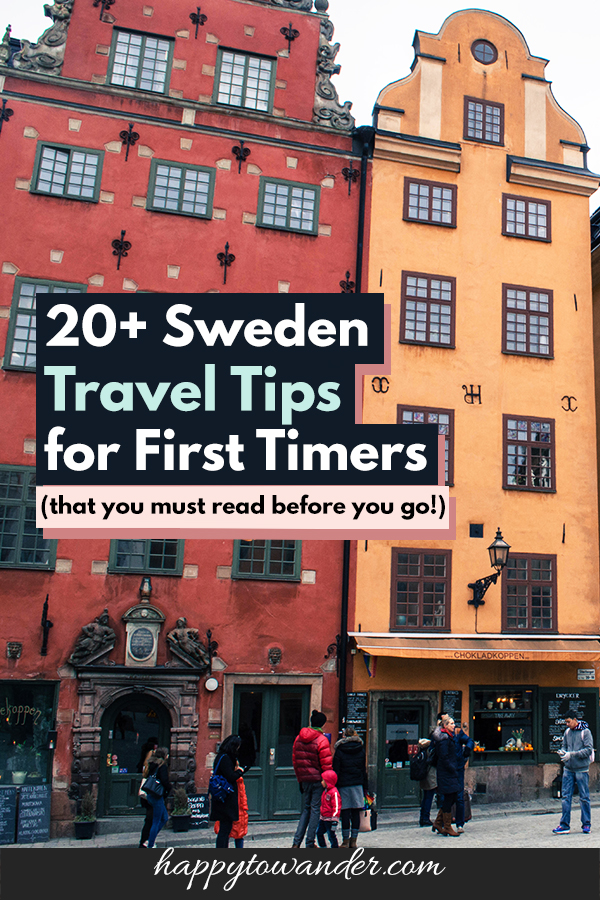*FYI - this post may contain affiliate links, which means we earn a commission at no extra cost to you if you purchase from them. Also, as an Amazon Associate I earn from qualifying purchases. Check out our Privacy Policy and Disclosure. for more info.
Whether through meatballs, fish, or moustached chefs, Sweden is a country that has had a firm cultural chokehold on the world for years…
But when it comes to planning that perfect Sweden trip, lot of important information is often missing… especially when you want to venture out of the country’s ultra cool capital of Stockholm.
Where should you go? WHEN should you go? What should you eat? And what are some common culture shocks to prepare for?
Well in this post I’ll be sharing all my best travel tips for Sweden, learned the hard way through personal trial and error! I hope you find it helpful.
1. Beware that Sweden is actually quite vast
Now first, in terms of where to go, one thing to note is that Sweden is a lengthy country that spans quite a bit of distance from north to south, so you’ll get some very different experiences and landscapes depending on where you go.
A common mistake first timers make is trying to spread themselves too thin, wanting to see Stockholm for instance while also gallivanting up North for the ice hotel or Swedish Lapland.
But, because the country is so spread apart, for those with a short time to work with, I’d recommend picking one region and exploring it in depth rather than trying to cover the entire country in one go. On my most recent trip for instance, I stuck almost entirely to the West Coast of Sweden, which allowed us to explore more in-depth and discover lesser known spots along the way.
That said, knowing where to go takes some research.
Unlike other more popular European destinations, I feel like Sweden doesn’t have as many ultra-famous landmarks or iconic must-sees outside of its capital city, which is a shame because there’s so much beauty to be found in this country!
So, to get inspiration for where to visit, I highly advise getting advice from local bloggers who know Sweden well.
Some bloggers I found very helpful in the planning process were:
- Katie’s Away – lives in Gothenburg, lots of great content about Western Sweden
- Madeline Rae Away – who is a Canadian living in Malmö
- And actually the main Visit Sweden tourism website is very handy as well with lots of unique ideas
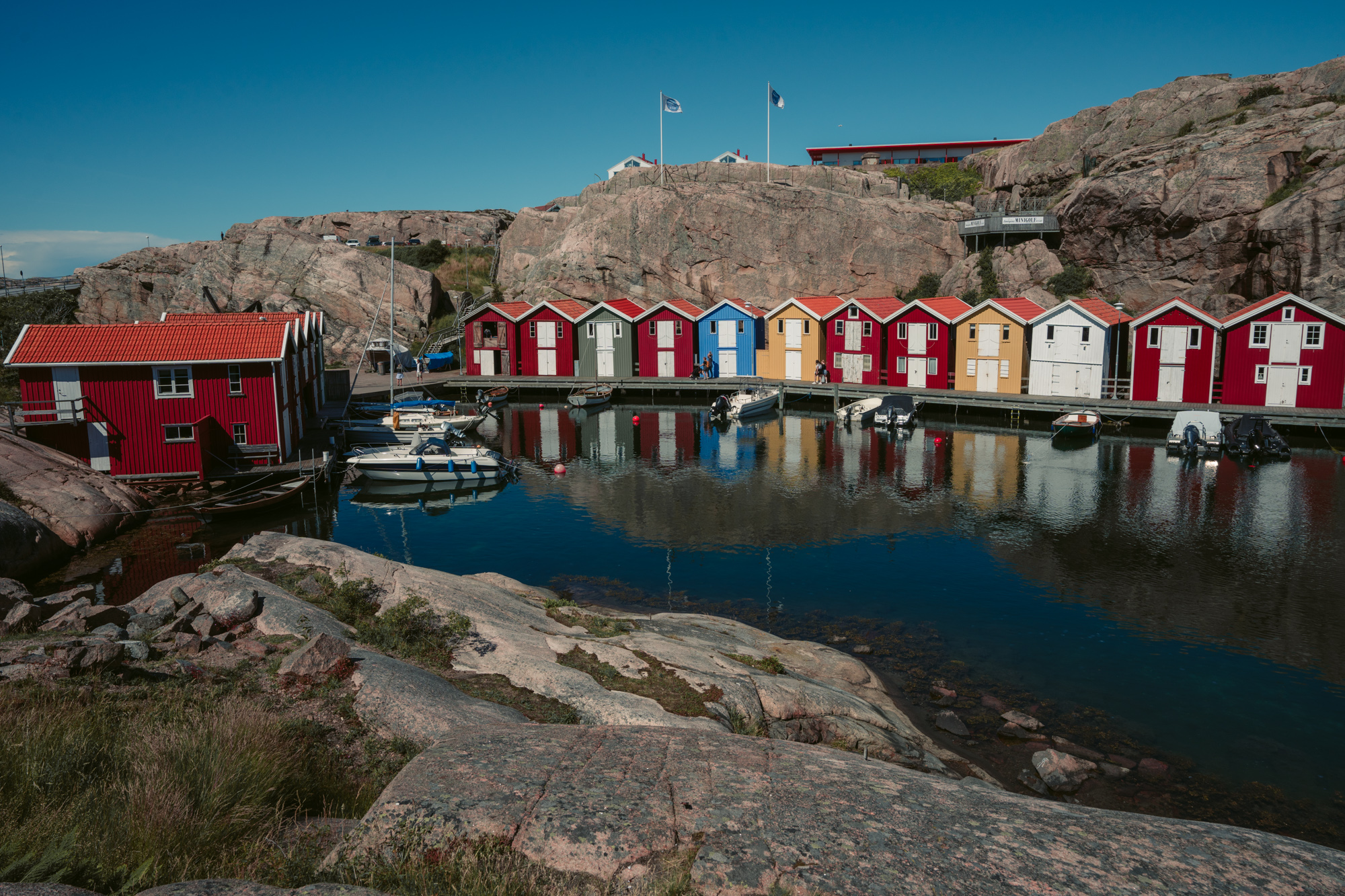
That said, a general tip I would have is to…
2. Explore beyond Stockholm
There are 21 regions in Sweden, so there’s (of course) plenty to see outside of its capital Stockholm (famed for its historic and cultural offerings). Some popular picks include…
- Gothenburg, Sweden’s second largest city and its archipelago with over 20 islands
- Swedish Lapland, in the North, known for its wildlife, nature and Sámi culture… as well as the world’s first ice hotel
- Gotland, Sweden’s largest island known for its natural beauty and Viking history
And because I’m a nerd, I figure it’s important to also let you know that while there is so much more to Sweden than IKEA, there actually IS an IKEA hotel and IKEA museum built on the site of the world’s first ever IKEA in Älmhult. As someone who grew up loving the brand, I had a great time there, so consider adding it to your list!
Still there are loads of nice areas beyond this, especially for nature lovers. If your goal is to get away from the tourist masses, Sweden is an excellent place.
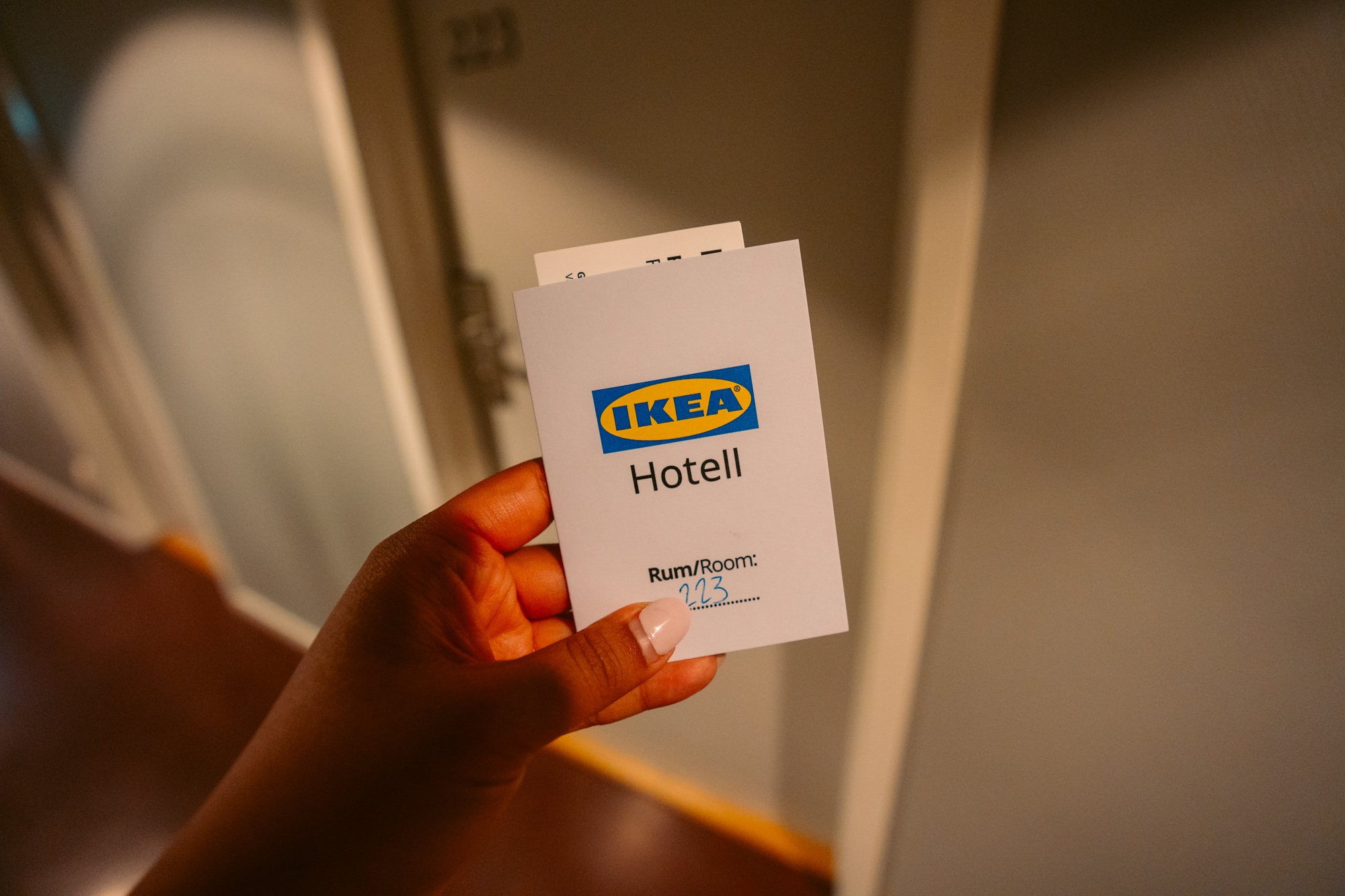
3. Make sure to enjoy Swedish nature too (even on a city trip)
While not known for ultra dramatic scenery like its neighbour Norway, Sweden is filled with beautiful nature, from gorgeous coastline and islands to plenty of lush forests.
And in the most aggressive of first world problems, I actually had a very difficult time researching where to go (nature and otherwise) on my trip because there are just SO many lovely places and hikes.
Again, there are fewer iconic must-sees or must-dos in Sweden like in some other countries, which is both a curse and a blessing. On one hand, narrowing down locations can take a great deal of work, but on the other hand, once you find these gems, you’re often likely to enjoy them with plenty of peace and quiet.
So, if you go to Sweden, even if your itinerary includes a big city like Stockholm or Gothenburg, make sure to get out in nature too!
AllTrails is a great app for discovering nice walking trails no matter your destination.
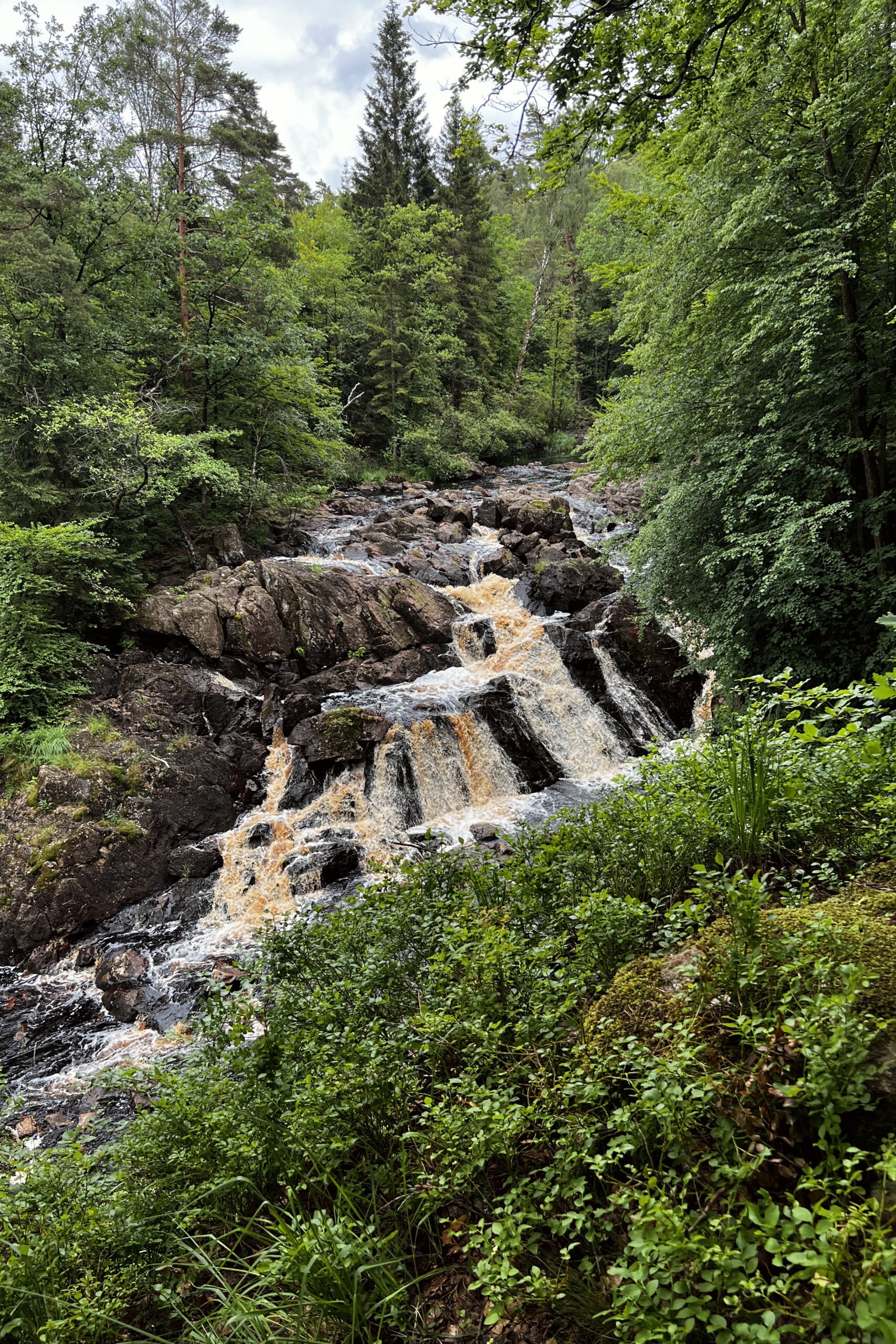
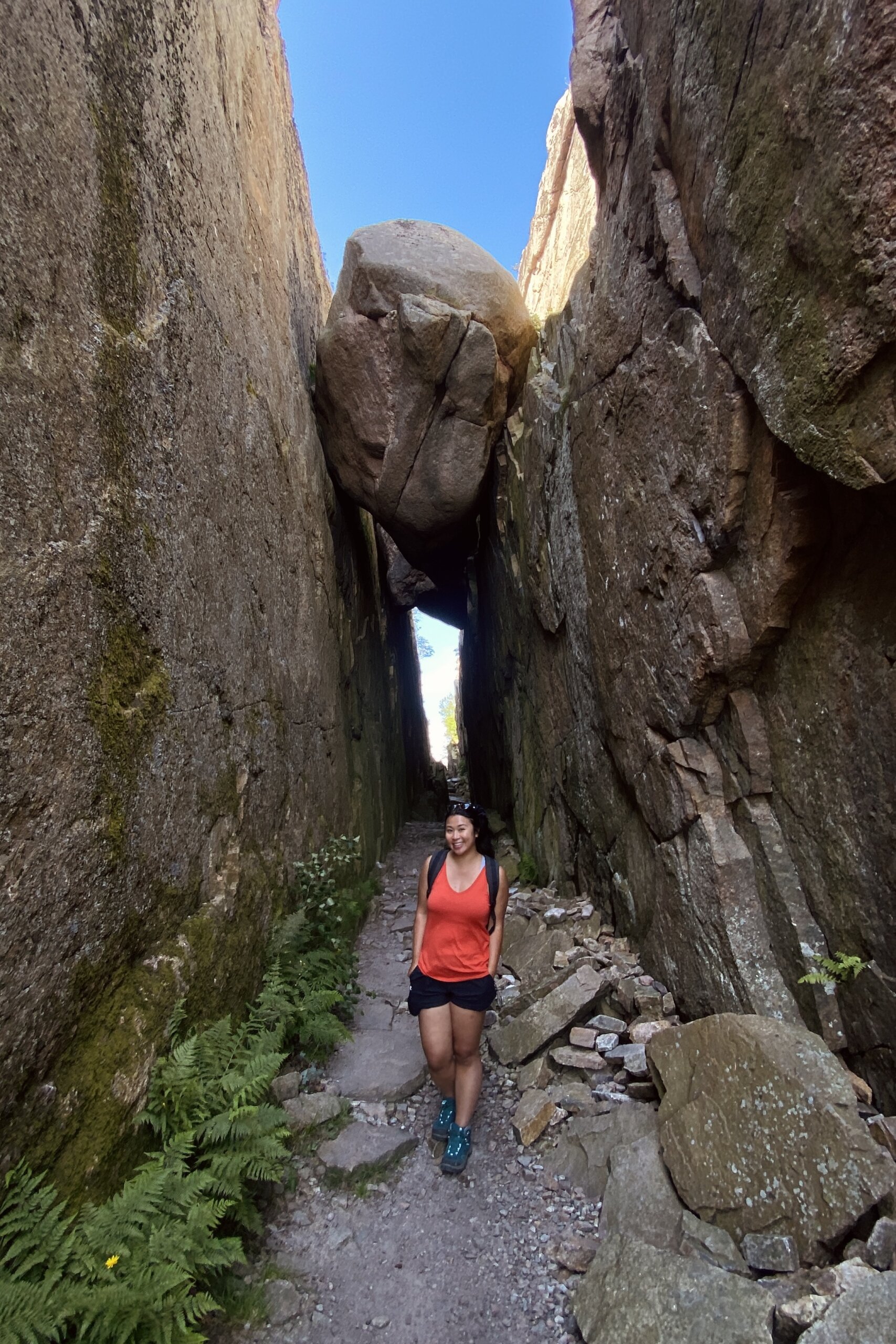
4. Know the pros and cons of visiting in each season
Now as for when to visit, that will definitely depend on where you’re going and generally what you’re hoping to get out of your visit.
Overall, if you’re hoping to enjoying Swedish nature and outdoors, I’d say to prioritize visiting in the summer, late Spring, or early Fall.
If however you want to enjoy wintery activities like the Northern Lights or dog sledding, then winter is of course the best time to go.
For city breaks though, there are appealing reasons to visit in any season. Just be mindful that in winter, daylight hours are minimal… though there’s plenty of cozy places to hide away in!

5. Visit in mid-June to celebrate Swedish Midsommar
If you want my honest recommendation though, I’d say to go in mid-June, specifically so you can experience the wonders of Swedish Midsommar.
Midsommar typically takes place on a Saturday between June 20th and June 26, with the main festivities happening on the day before, Friday, or Midsommar Eve.
This is the biggest holiday of the year in Sweden, and while it’s often celebrated privately with family and friends much like Christmas, there are actually quite a few public gatherings that tourists can attend as well, and it’s honestly one of the most wholesosme and adorable things I’ve ever witnessed.
They make flower crowns, eat strawberries, decorate and put up a pole, then all dance and sing around said pole… it’s really so cute it hurts.
NOTE: Most cities and city hotels will be quite empty during this time as well since most Swedes will travel out to their summer houses or out to the countryside to celebrate. But that also means that countryside accommodation will be very booked up/pricey, so be sure to take that into consideration.
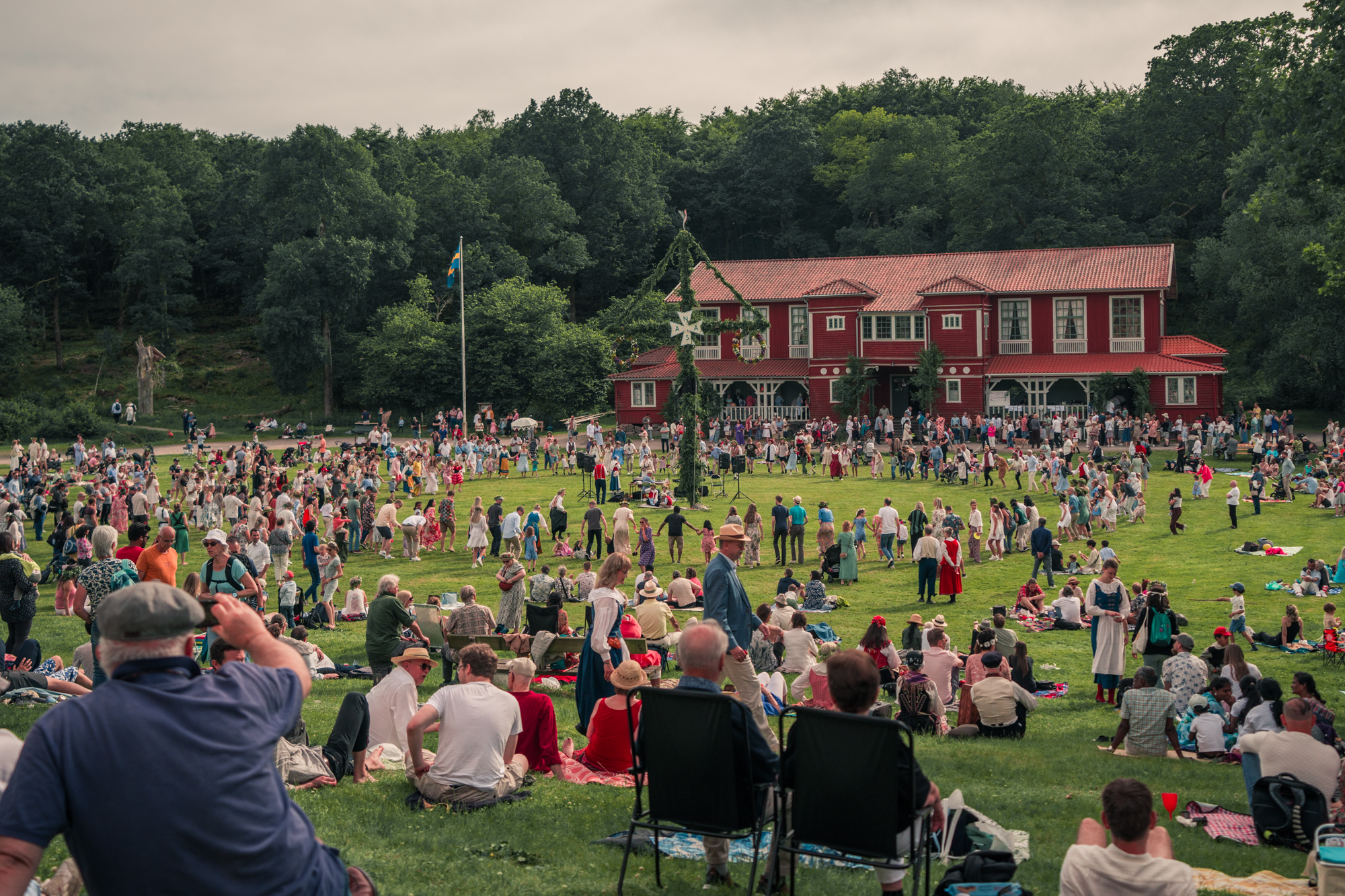
6. Consider camping for an affordable trip
Now in terms of accommodation, there really are options for every budget.
The cheapest one is of course camping!
Thanks to the Swedish “Right of Public Access”, or ‘Allemansrätten’, you are actually allowed to wild camp so long as you’re far enough away from someone’s private residence or land. This offers a ton of flexibility if you’re willing to camp, and there are plenty of businesses out there like this one that allow you to rent camping equipment if you’d prefer to not lug all your stuff over.
There are plenty of campsites as well, many of which offer rentable cabins.
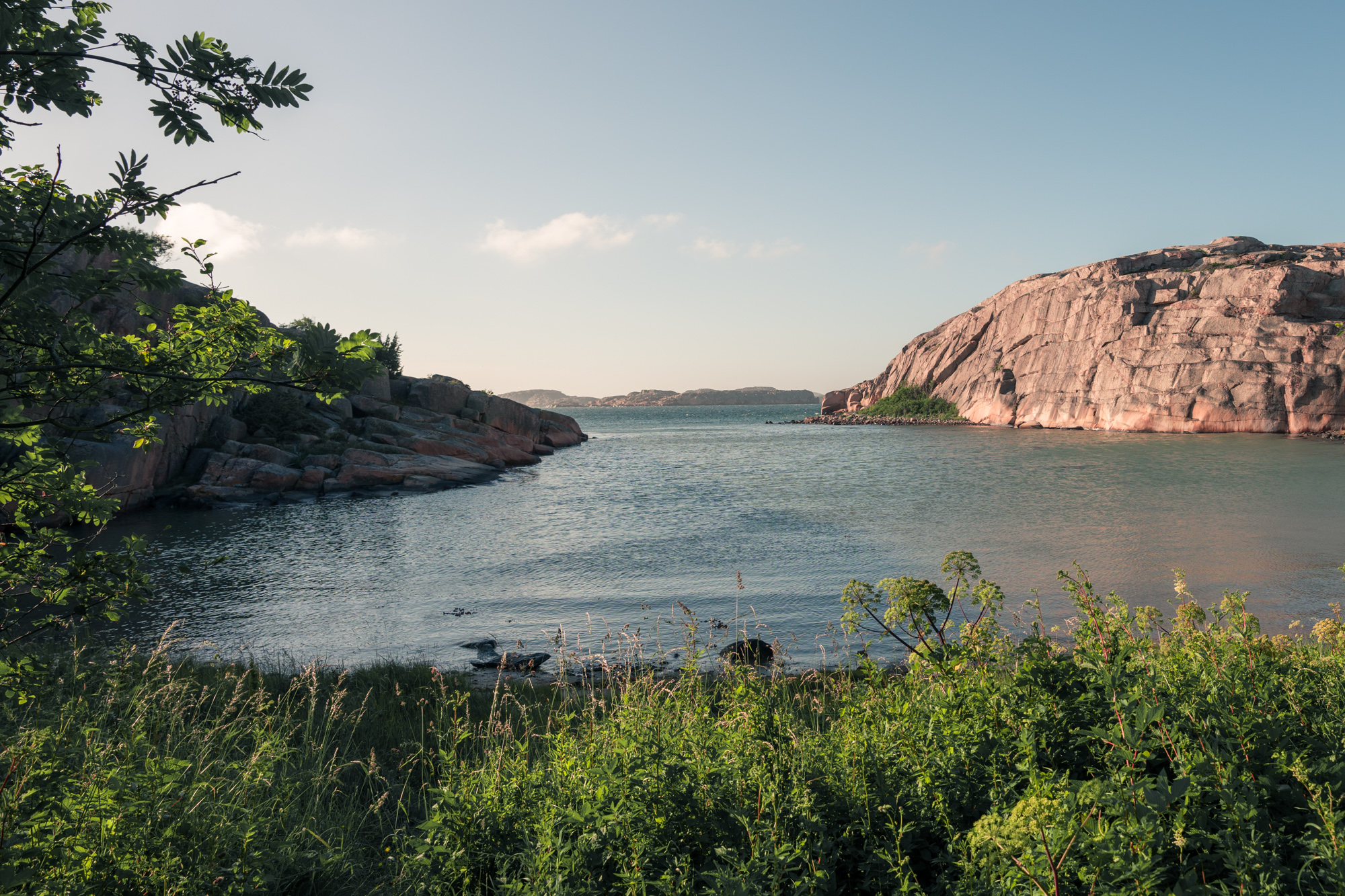
7. Double check that sheets and towels are included
RANDOM NOTE: With more budget accommodation like cabins, do be mindful of the fact that bedsheets and towels are often NOT included by default, and may cost extra so be sure to read the fine print before assuming. This was even the case when we booked a guest suite at someone’s home in Smögen… and we had to put the sheets on ourselves after paying a surcharge! Definitely wasn’t expecting that.

8. Get familiar with the most popular Nordic hotel chains
Now if hotels are more your thing, do beware that a lot of hotels in Sweden are part of chains, some of which are more or less exclusive to the Nordic region so you might have never heard of them before.
I do like staying in more unique and boutique properties when possible, but if you’re planning a longer trip or plan to return to the Nordics, it might make sense to stay loyal to one chain and also join their loyalty programs to take advantage of special offers and potentially save money, especially since many of the chains have separate hotel lines that cater to different price points.
The largest chain in the Nordics is Scandic, but some other popular ones include Best Western, First Hotels, Strawberry (which encompasses a few chains like Comfort Hotel and Clarion Hotel) as well as some independent properties. On the luxury end of the spectrum, there’s also Elite Hotels of Sweden, which has over forty unique properties, many of which are housed in grand historic buildings.
Finally, in some cities you’ll also find ProfilHotels – I stayed in one in Halmstad and really enjoyed it!
All to say, there are loads of hotel options in Sweden, but to get the most bang for your buck you might want to consider staying loyal to one chain as you go.
And do be mindful that most hotels in Sweden offer breakfast included in the room rate, with most buffets being really hearty with lots of tasty options, so that contributes to some excellent value for money as well.
NOTE: I’m not sure if this is a common thing, when I was in Sweden I had a few hotels ask me to reserve a breakfast time which I’ve not encountered before so just be prepared to commit to a decision in case they ask!
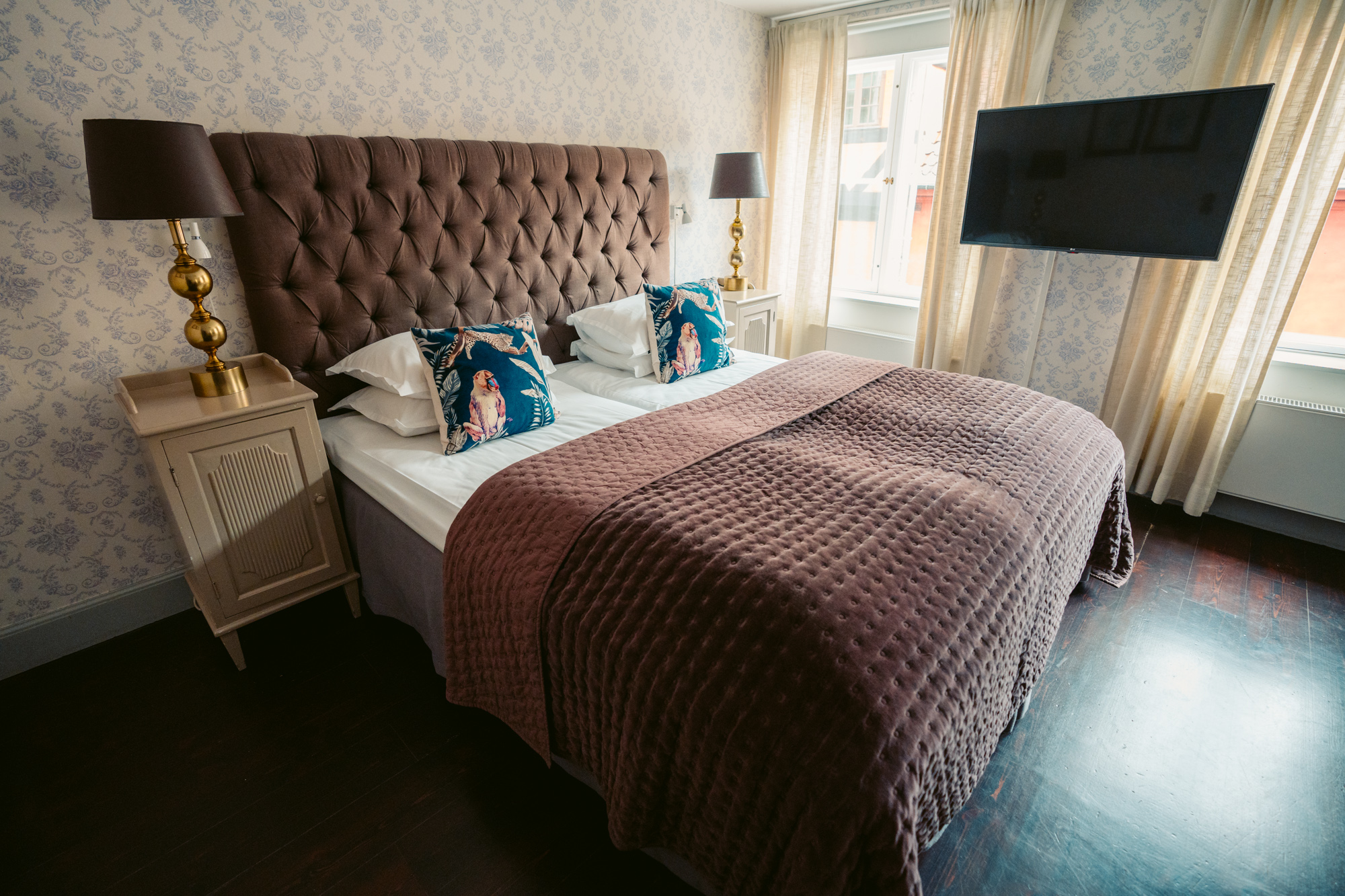
9. Card payments are usually preferred in Sweden
Card is definitely king in Sweden, so make sure you have a fee-free credit or debit card for your trip.
I’ve been using Wise abroad for the past few years and love how easy it is. You can use my referral link here to get your first transfer for free up to 500 EUR.
NOTE: In Sweden, the local currency is the Swedish Krona. Though you won’t be handling much cash, I would definitely advise having a bit of a mental figure in your head that makes the conversion meaningful to you. For instance, during my trip, the Swedish Krona was about $9.50 USD so I would just round up to $10, which would help me roughly estimate how much everything cost.
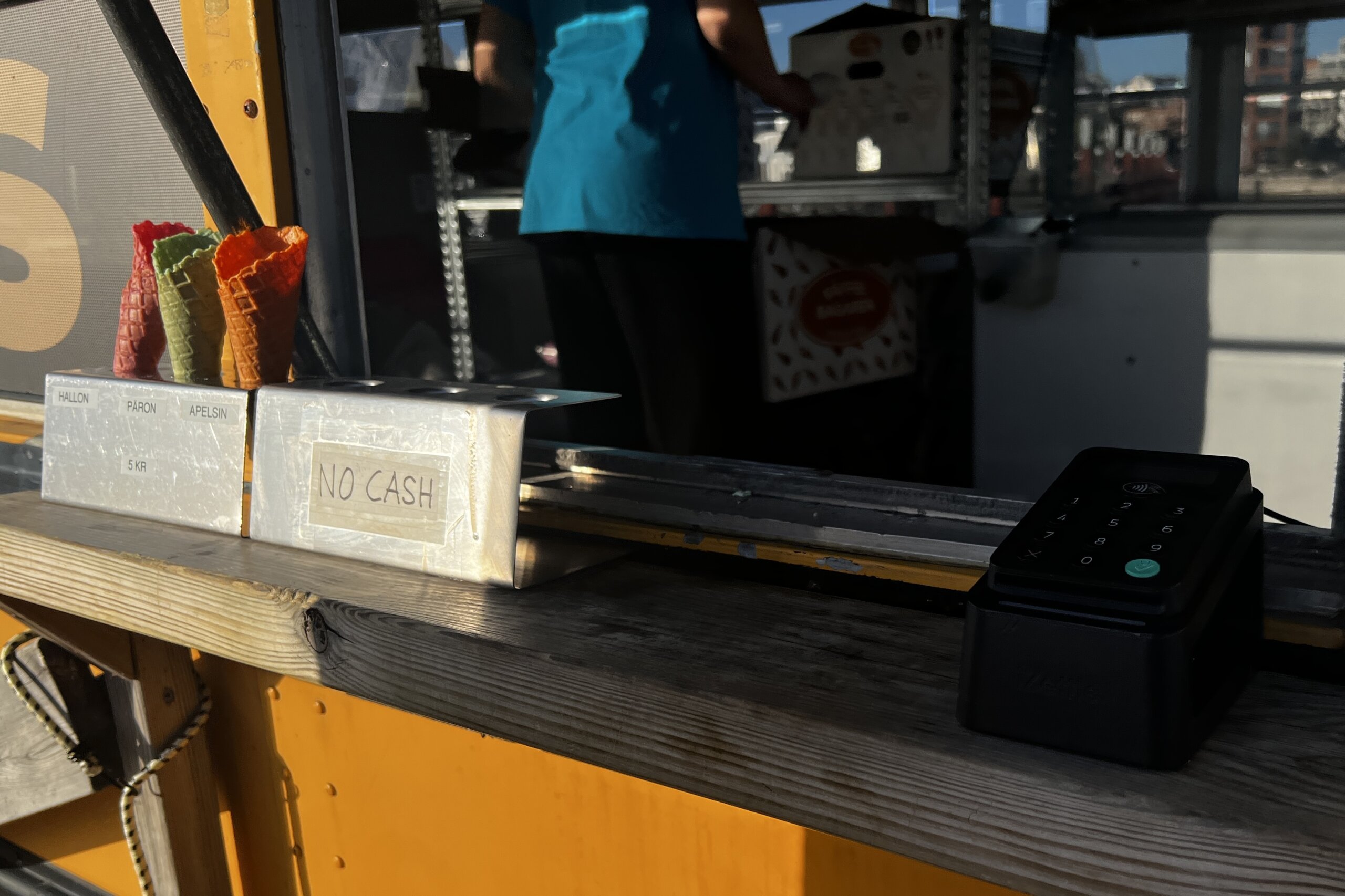
10. Public transport in Sweden is excellent between cities, and within them
If you’re wondering how to get around Sweden, don’t worry – you don’t necessarily need a car. Public transport is actually really good, BUT understanding all the options and comparing companies can be a little confusing, so let me explain…
In terms of trains, there is a state owned rail company called SJ that operates trains across the country, but there are also some other companies that run on certain routes like FlixTrain, MTRX, and many more.
This can be confusing when you’re buying tickets, because each company’s website only sells tickets for their own trains, which isn’t going to give you a full overview of options. This is why I would recommend at least during your research phase to use a third party like Omio because you can type in your departure point and destination, then it’ll show you options across companies and across transport modes as well, including buses which can be a more budget friendly way of travelling between cities.
I actually took a Flixbus in Gothenburg to the airport and found it overall very pleasant, so definitely look into buses as well if cost is a priority.
Train tickets go on sale about 3 months in advance and the more coveted routes can sell out quickly, so planning ahead is definitely key to success.
Now In terms of regional and local public transport in Sweden, this is largely controlled regionally by individual regional entities, which means the different ticket types and cost will depend on where exactly you’re going.
Luckily, the official Visit Sweden website has a list of them sorted by region and destination.
So you can hop on these regional sites for more in depth information about options… though beware some of them actually don’t have English websites so make sure you have google translate handy!

Now again, public transport is great however you want some more flexibility, and especially if you want to do a lot of trips out in nature, then…
11. Consider renting a car if you want more flexibility (especially for nature trips)
I usually go on DiscoverCars which lets me compare different options at a glance.
Having a car on our recent trip really helped us explore less popular spots so I can definitely recommend it, though it’s not a huge dealbreaker – local buses can be quite efficient at getting you out into nature spots as well.
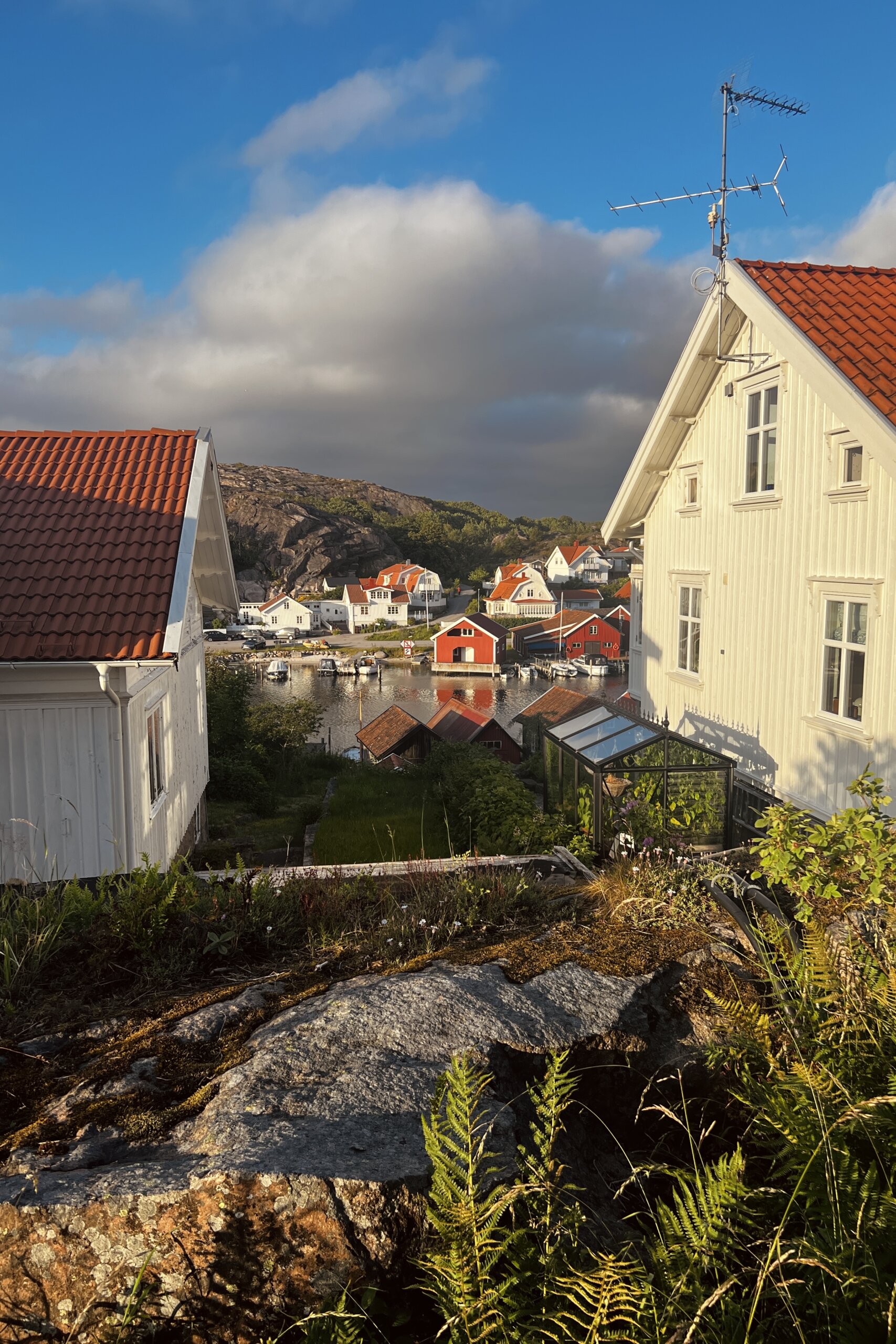
If you do drive though, do…
12. Be very careful when it comes to parking
Don’t trust herd mentality or just assume locals will know what they’re doing!
Swedish parking monitors are really on top of their game and for foreigners, the signage and systems might not be immediately apparent.
Like at one hiking spot for instance, with all the cars parked, we couldn’t tell that the only valid parking spots were the ones marked with the white rectangles so when we got back from the hike, our entire half of the parking area had all gotten tickets.
I was so confident too because all the other cars parked there had local plates, so yes don’t just assume everyone else knows what they’re doing.
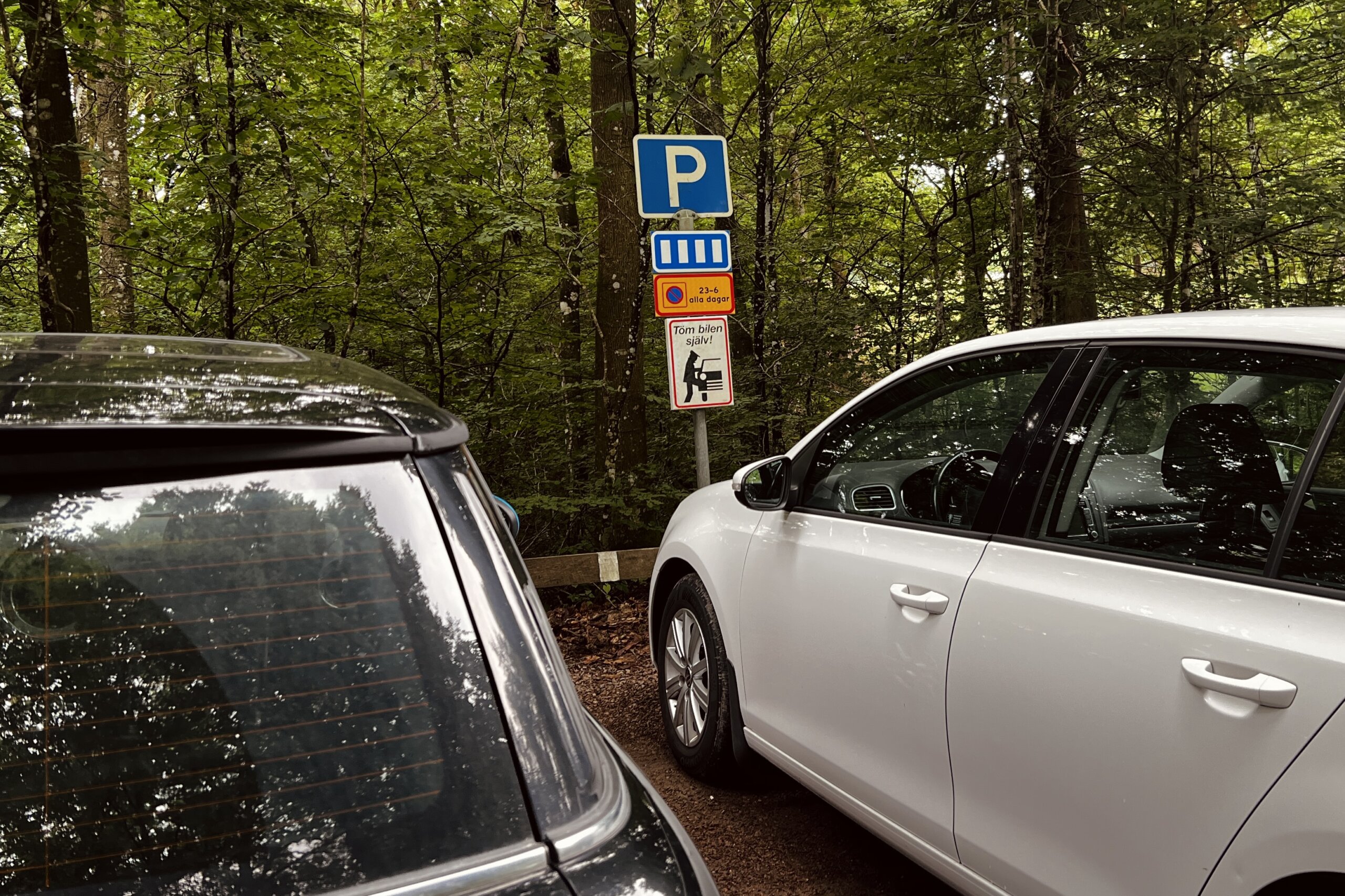
13. Know the tricks for saving money on dining in Sweden
Dining out in Sweden isn’t the cheapest, but luckily there are tricks you can use to save money.
For instance, you can keep an eye out for lunch specials (Dagens rätt). Many places in Sweden offera “Dagens rätt” which is like a lunchtime dish of the day that’s available for an affordable price, often with extras like bread, a salad buffet and coffee included.
Alternatively, you can keep an eye out for Gatukök, aka street kitchens that offer take out foods for a relatively affordable price.
Otherwise, the best way to save money on food is by buying snacks/drinks from the supermarket, and possibly booking accommodation with a kitchen so you can cook for yourself.

That said, when in Sweden, do be sure to…
14. Try local Swedish dishes, especially Husmanskost
Sure, Swedish food isn’t as popular abroad as other European cuisines (unless you count IKEA) but there are a lot of great things to try.
If you want simple home style meals, something to look for is Husmanskost, which is a term that refers to hearty homey meals.
Some classics include of course…
- Köttbullar meatballs
- Kroppkaka which are Swedish dumplings
- Ärtsoppa a thick pea soup
- And naturally, Aquqvit the national spirit of choice
Also be sure to try some seafood especially if you’re along the coast. Pickled herring is common, but my personal favourite are the shrimp sandwiches you’ll find everywhere, especially along the coast… as well as Gravlax, which is a cured salmon.
Finally, a quirky specialty I’ve heard lots about is Kebabpizza. I didn’t get a chance to try it but let me know in the comments if you have!
Now you might be wondering about Swedish Smorsgabord which is one of the most popular Swedish words I think to have made its way into popular use in English. Well, this essentially refers to a buffet like spread of typical hot and cold dishes. From what I’ve heard, it’s most commonly enjoyed at home as a serving style when you have guests and not necessarily something you go out for, though in my research sometimes hotels will offer smorgasbord type spreads, especially when it comes to big holidays like Midsommar or Christmas.
Finally, Swedish Candy is also super popular – you’ll find these big displays of pick and mix candy everywhere from large supermarkets to candy dedicated shops. Although I’ve heard Saturday is the main day to eat sweets for some reason – if any Swedes can confirm or explain in the comments, that would be great.

15. When in Sweden, indulge in Fika
Next very important Sweden tip: make sure to enjoy some Fika!
This delectable custom involves slowly enjoying a cup of coffee with some sweet treats, typically in the afternoon, often with a tasty pastry. I don’t think you need any more details than that.

16. Take note of special food celebration days
Lastly on the food front, something I find super cute about Sweden is they have special days for celebrating and enjoying certain foods.
So, for instance…
- Semla Day on Fat Tuesday
- Cinnamon bun day on October 4
- Waffle day on March 25
And many many more, including an overall month for crayfish in August. So, if any of these align with your travel schedule, be sure to partake.
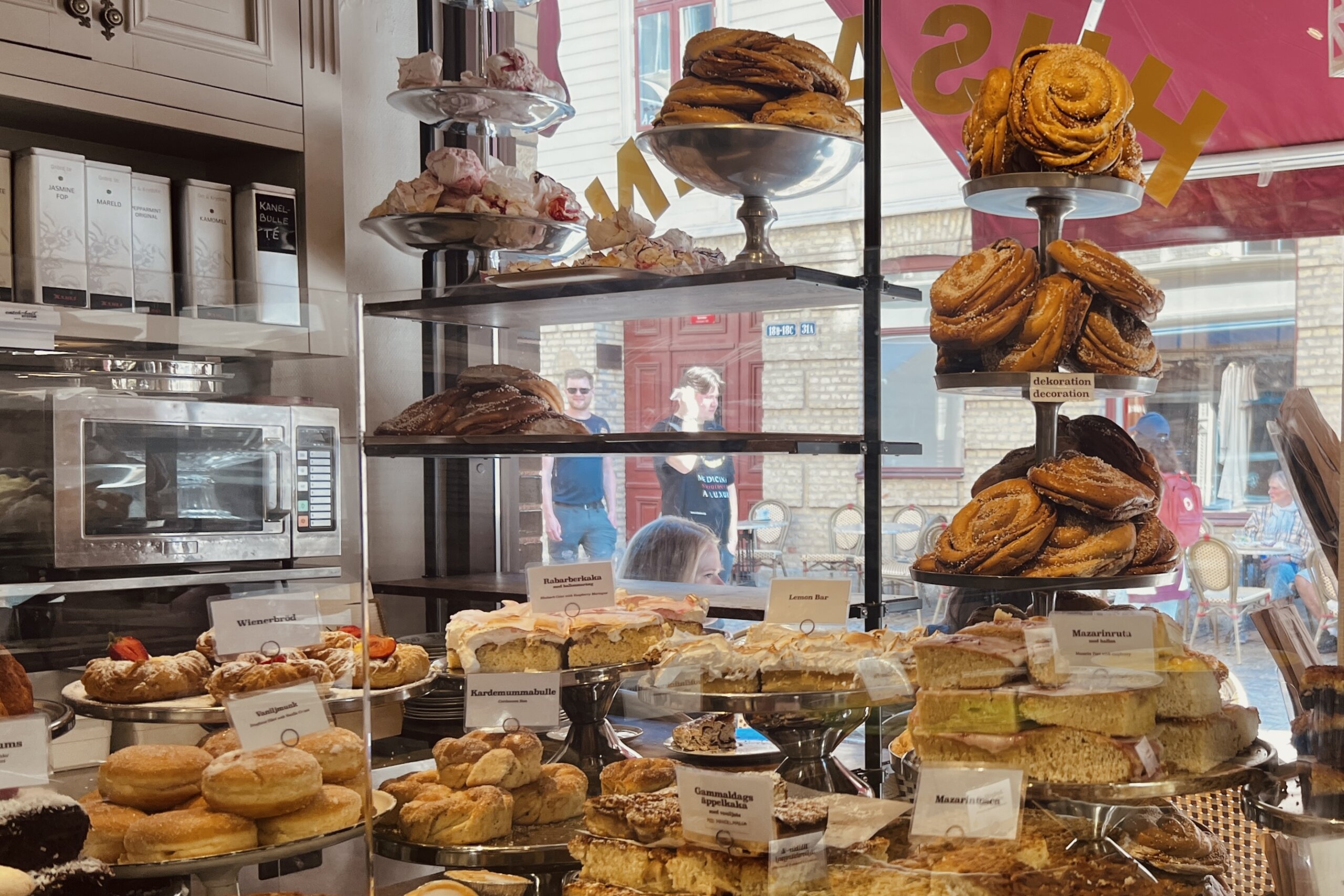
And if you’re planning on buying alcohol do be mindful of the fact that…
17. Alcohol sales are highly controlled in Sweden
Supermarkets are only allowed to sell what they call ‘weak beers’ typically between 2.5 – 3%. In fact, a lot of breweries make these weak beers for this express purpose.
Anything stronger than that you’ll need to go to a state owned liquor store known as a Systembolaget.
All that said, alcohol is really expensive in Sweden so I personally wouldn’t prioritize it too much.
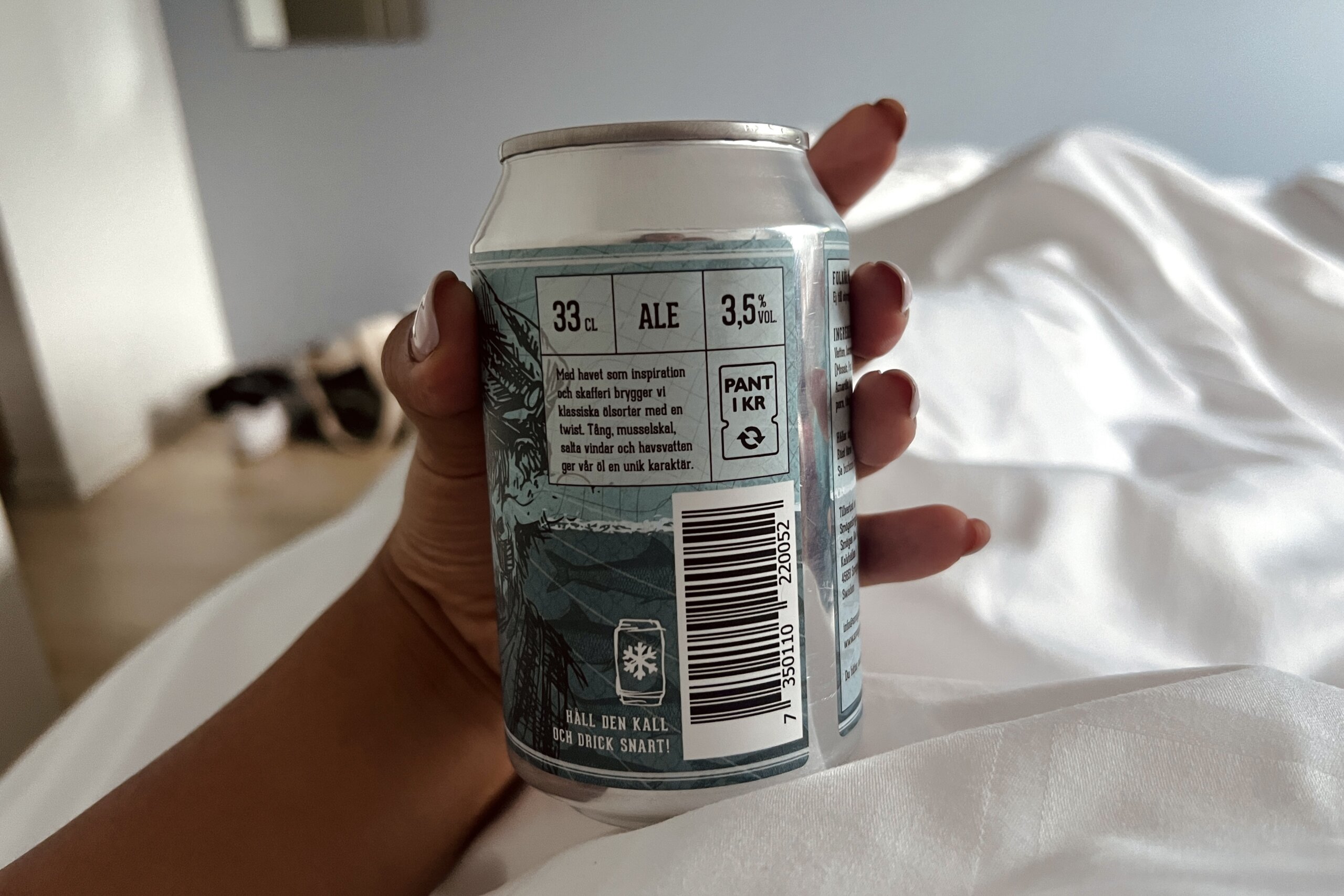
18. Tipping isn’t generally expected in Sweden
Now onto tipping etiquette!
Generally speaking, tipping isn’t expected in Sweden, but if you do want to tip for exceptional service, usually only for nicer sit down restaurants, then the most common thing is to round up, no more than 5-10%.
Usually the way you tip is you enter the total amount you want to pay including tip in the machine when they hand it to you.
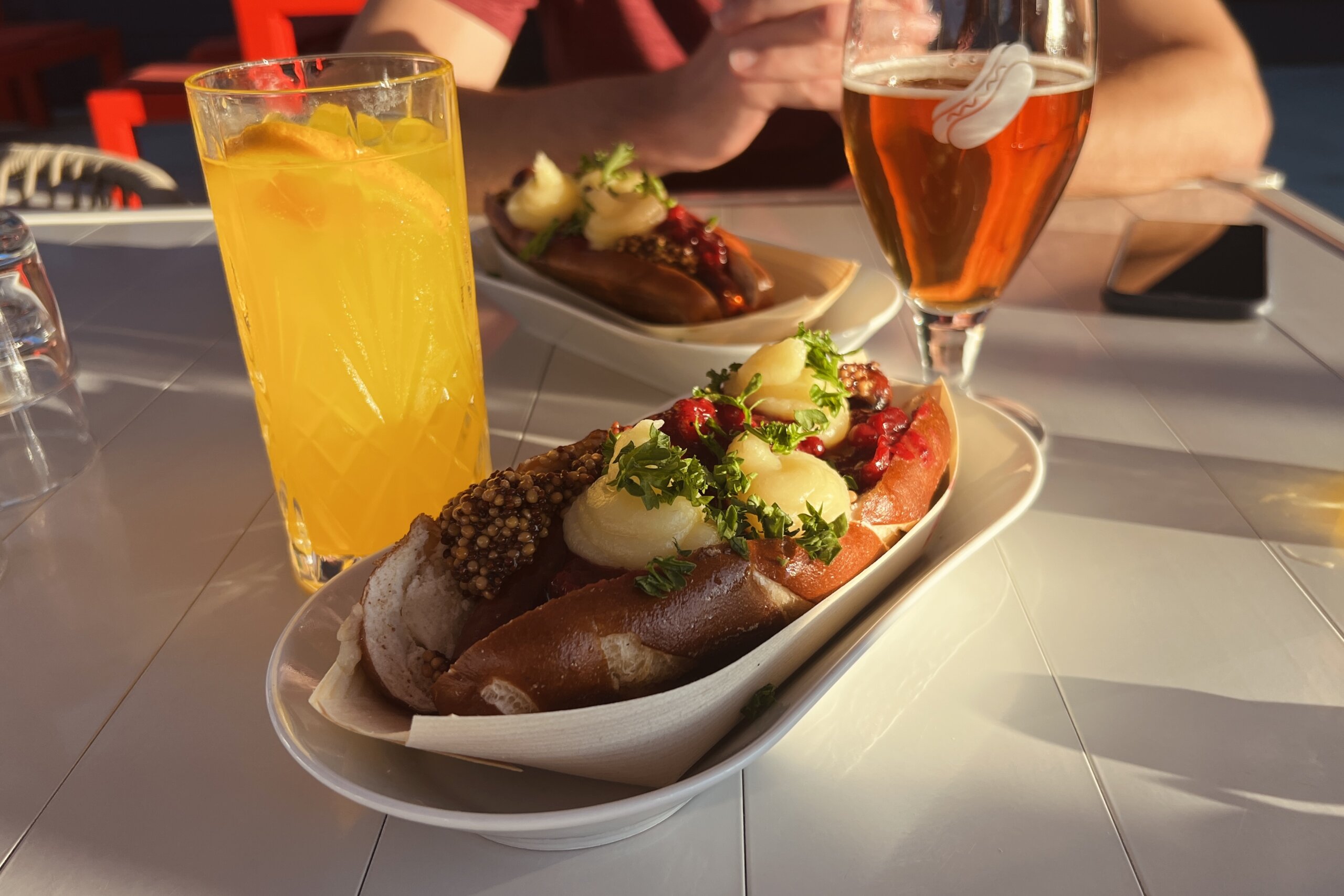
Another etiquette thing to keep in mind in Sweden is to…
19. Always obey the queue and look out for a number dispenser
The most common place where a tourist might encounter this is at a bakery, especially those where a physical queue isn’t feasible. Be on the lookout for a numbered ticket dispenser which will help you mark your place in line.
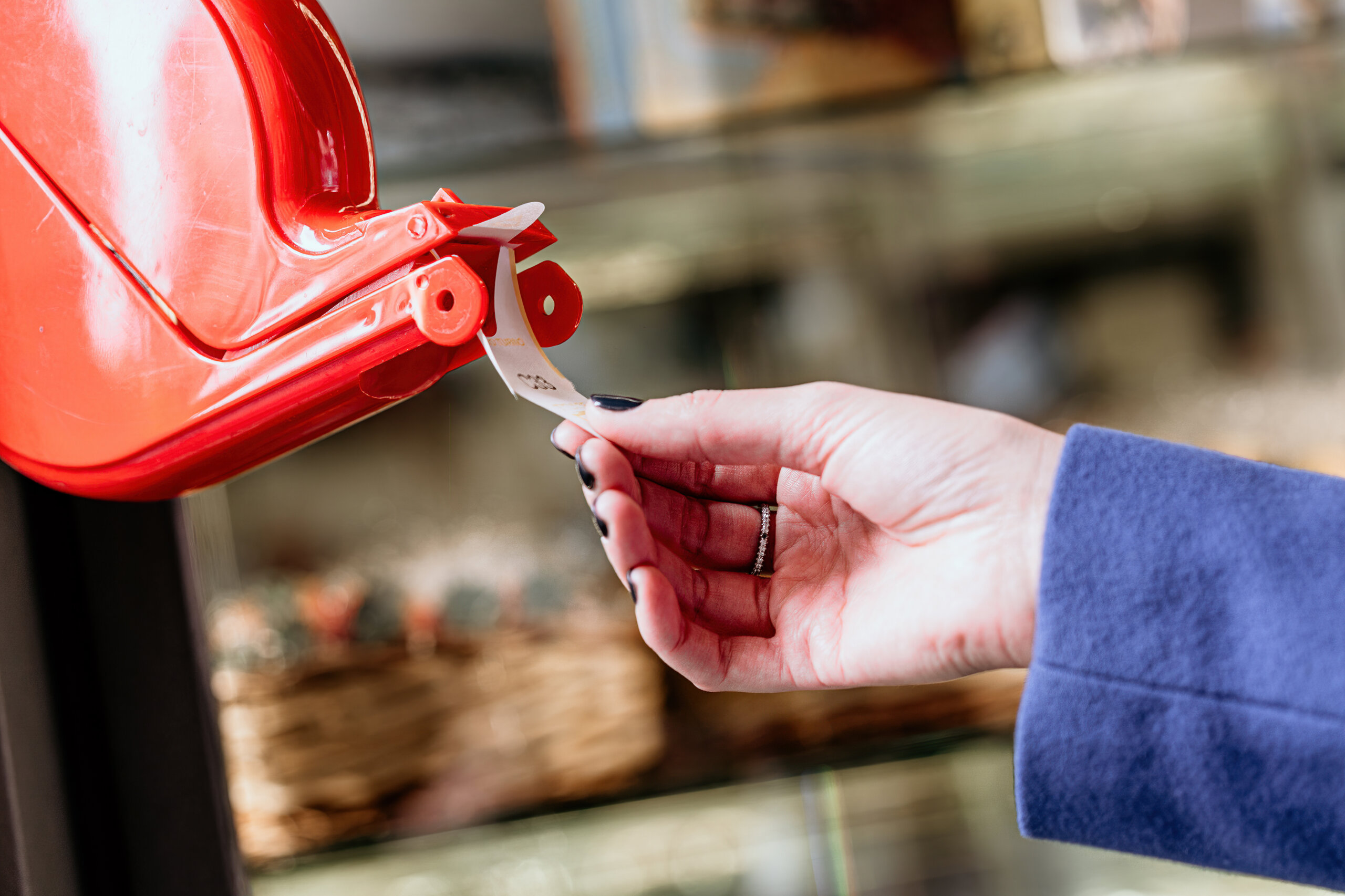
Another thing is to…
20. Be mindful of personal space
I’ve found Swedish people are generally really friendly when you end up engaging with them in a social setting but when you’re just out in public do keep your distance and your voice down.
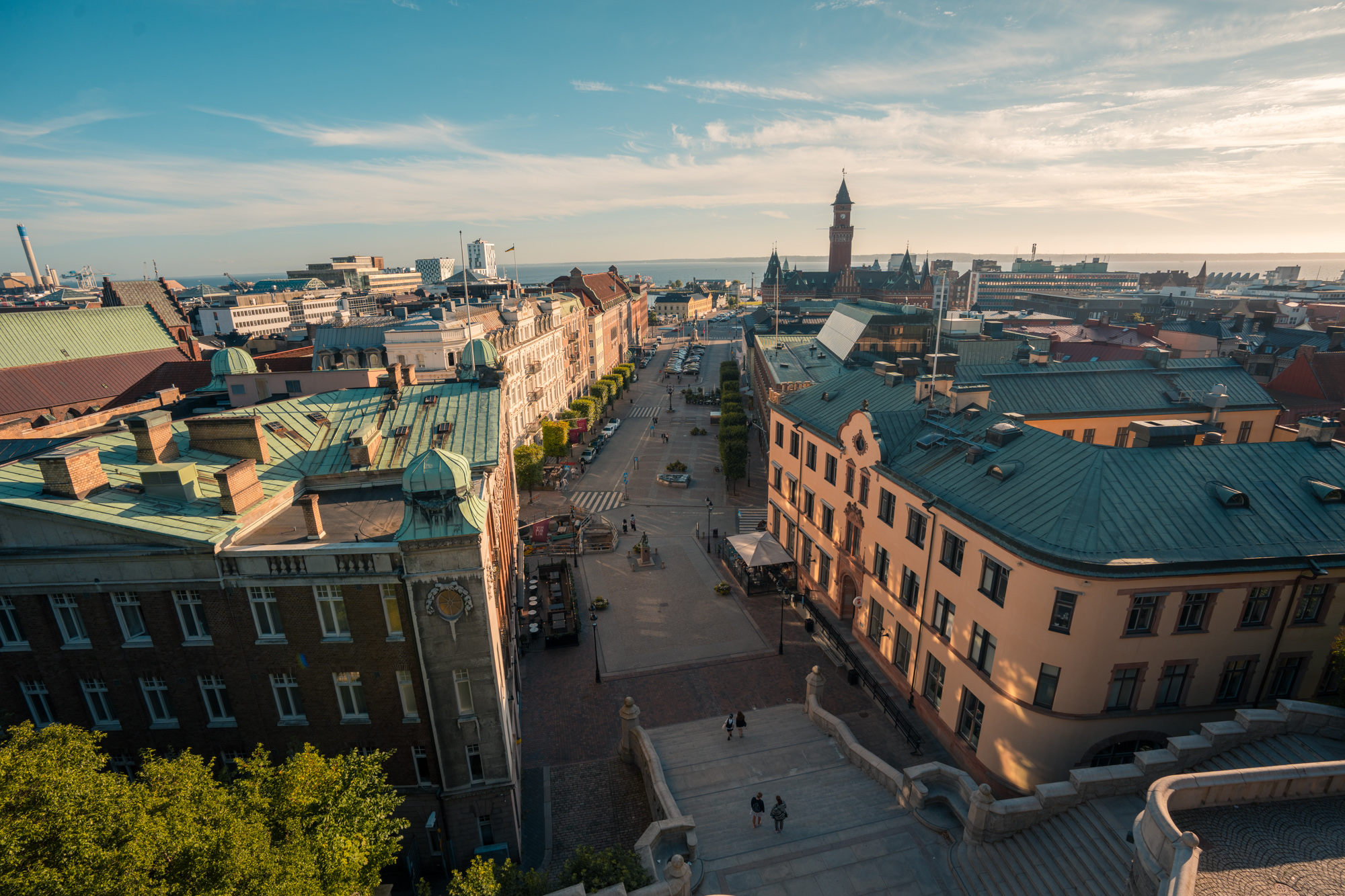
In terms of what to wear, in the cities I found all the rumours to be true…
21. Casual style is generally a bit dressier in Swedish cities
Swedes are effortlessly stylish, usually sticking to very basic and minimalist staples that somehow look ultra cool on them. So saying that, do note that day to day clothing tends to be a bit dressier than North American casual, so feel free to adjust accordingly.
BONUS TIP: If you’re visiting in the winter as well, you’ll find many wear reflective accessories like these Reflexsele for safety purposes when out in the dark. I don’t think this would be necessary for a tourist unless you’re planning to be out biking or running in the dark, but just FYI.

I hope this list of Sweden Travel Tips was helpful!
Hopefully by now, you’ll feel much more prepared for your big Swedish vacation, but if you have any more questions, let me know in the comments.

